Intro
The use of contraceptive methods has become increasingly popular over the years, with more people seeking effective and convenient ways to prevent unwanted pregnancies. One such method that has gained significant attention is the contraceptive implant, a type of birth control that involves the insertion of a small, flexible rod under the skin of the upper arm. This method has been shown to be highly effective in preventing pregnancy, with a success rate of over 99%. In this article, we will delve into the world of contraceptive implants, exploring their benefits, working mechanisms, and steps involved in the insertion and removal process.
The importance of contraceptive implants cannot be overstated, as they offer a long-lasting and hassle-free solution for individuals seeking to prevent pregnancy. Unlike other forms of birth control, such as pills or condoms, contraceptive implants do not require daily or frequent use, making them an attractive option for those who want a low-maintenance method. Moreover, contraceptive implants have been shown to be highly effective in reducing the risk of unintended pregnancy, which can have significant consequences for individuals, families, and society as a whole.
The use of contraceptive implants has also been associated with several benefits, including reduced menstrual cramps, lighter periods, and a lower risk of iron deficiency anemia. Additionally, contraceptive implants have been shown to be safe and well-tolerated, with few side effects reported. However, as with any medical procedure, there are potential risks and complications associated with the insertion and removal of contraceptive implants, which will be discussed in more detail later in this article.
What is a Contraceptive Implant?
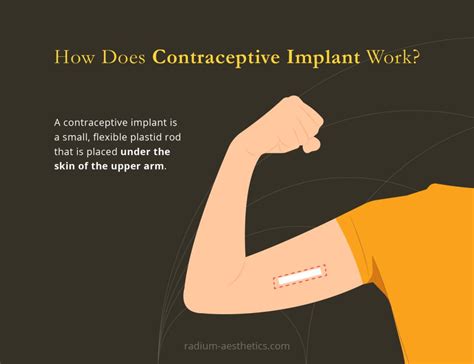
Types of Contraceptive Implants
There are several types of contraceptive implants available, including the Nexplanon, Implanon, and Sino-implant (II). Each type of implant has its own unique characteristics and benefits, and the choice of implant will depend on individual preferences and medical history. For example, the Nexplanon implant is a popular choice among women, as it is easy to insert and remove, and has been shown to be highly effective in preventing pregnancy.How Does a Contraceptive Implant Work?
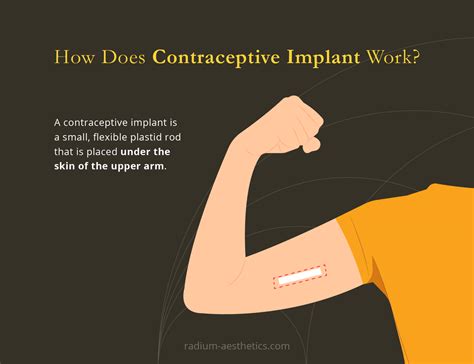
Benefits of Contraceptive Implants
The benefits of contraceptive implants are numerous, and include: * High effectiveness in preventing pregnancy (over 99%) * Long-lasting (up to three years) * Low maintenance (no daily or frequent use required) * Reduced menstrual cramps and lighter periods * Lower risk of iron deficiency anemia * Safe and well-tolerated, with few side effects reportedInsertion and Removal of Contraceptive Implants
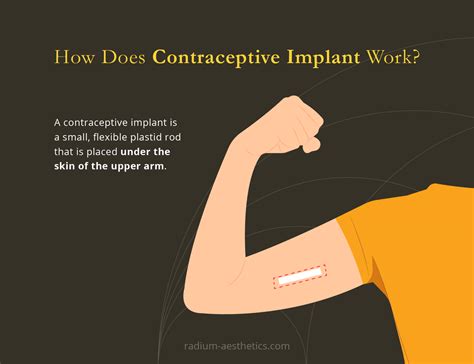
Steps Involved in Insertion and Removal
The steps involved in the insertion and removal of contraceptive implants are as follows: 1. Preparation: The area is cleaned and prepared for the procedure. 2. Anesthesia: A local anesthetic is administered to numb the area. 3. Insertion: The implant is inserted under the skin of the upper arm. 4. Removal: The implant is removed from under the skin of the upper arm. 5. Follow-up: A follow-up appointment is scheduled to check for any complications or side effects.Potential Risks and Complications
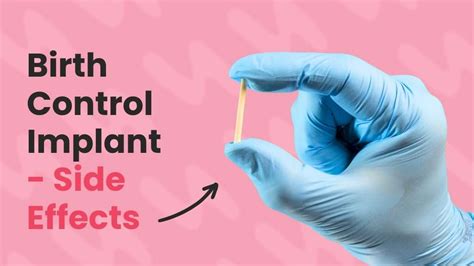
Minimizing Risks and Complications
To minimize the risks and complications associated with contraceptive implants, it is essential to: * Choose a qualified and experienced healthcare provider * Follow pre- and post-procedure instructions carefully * Attend follow-up appointments as scheduled * Report any side effects or complications promptlyConclusion and Final Thoughts
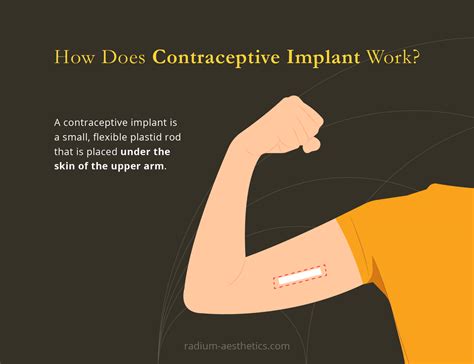
We invite you to share your thoughts and experiences with contraceptive implants in the comments section below. Have you used a contraceptive implant in the past? What were your experiences like? Do you have any questions or concerns about contraceptive implants? Let us know, and we will do our best to provide you with accurate and helpful information.
What is a contraceptive implant?
+A contraceptive implant is a small, flexible rod that is inserted under the skin of the upper arm, releasing a small amount of progestin to prevent ovulation and thicken the cervical mucus.
How effective is a contraceptive implant?
+Contraceptive implants are over 99% effective in preventing pregnancy, making them one of the most effective forms of birth control available.
What are the potential risks and complications associated with contraceptive implants?
+Potential risks and complications associated with contraceptive implants include infection or bleeding at the insertion site, scarring or keloid formation, implant breakage or migration, allergic reactions to the implant or anesthesia, and changes in menstrual cycle or fertility.
